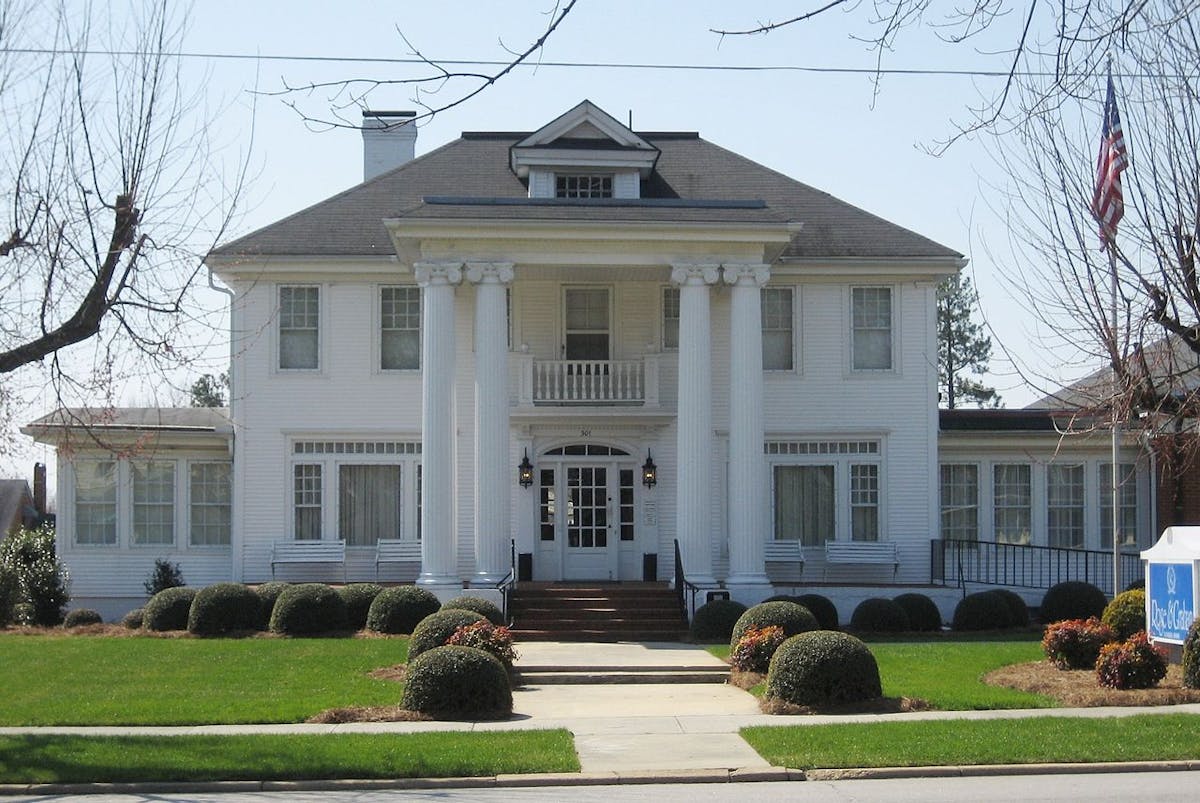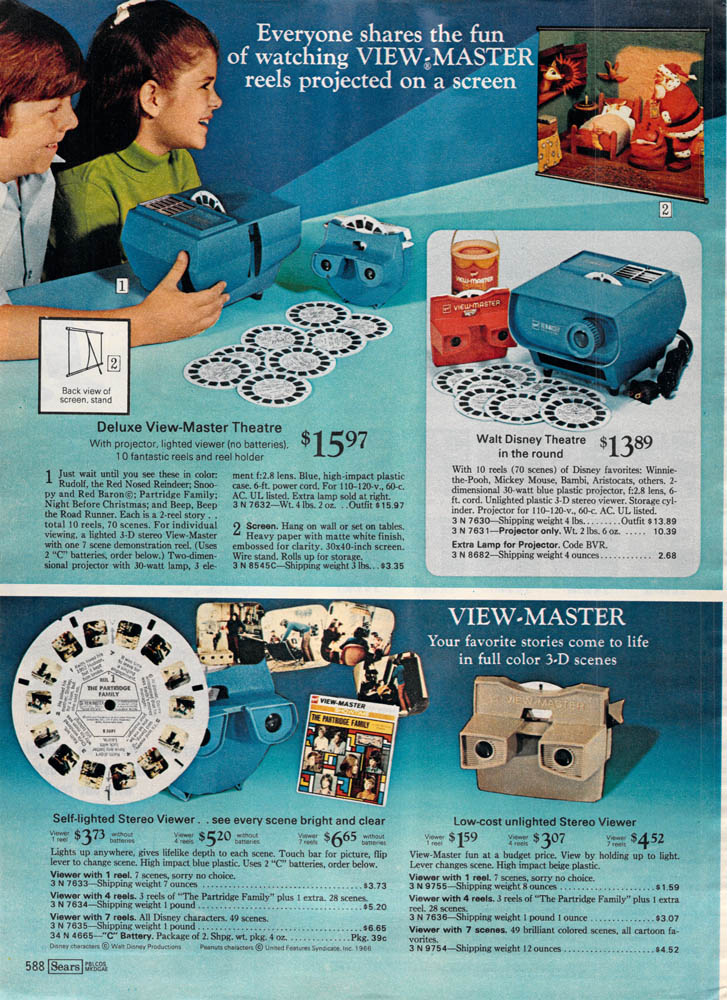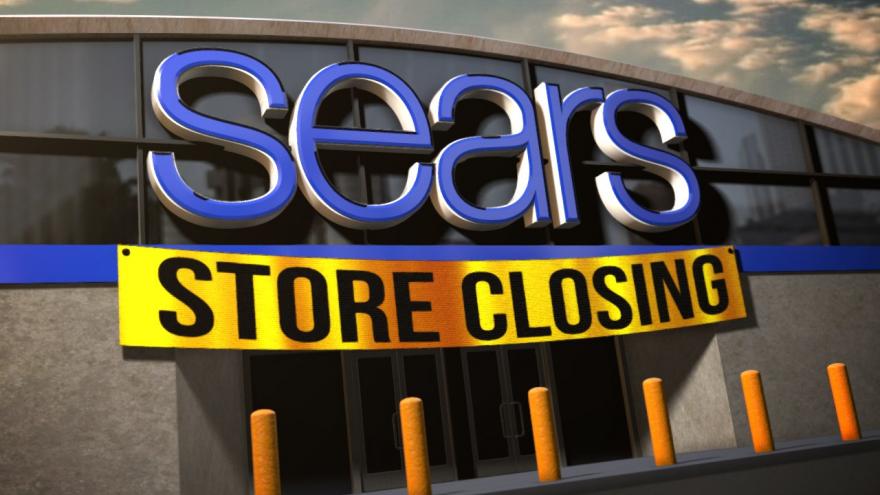Sears Helped End the Jim Crow Era
What? I knew Sears was the retail giant of America in the late 19th and early 20th century, but how did they help stop Jim Crow?
By now I'm sure you've heard that Sears is closing its doors after more than 100 years in business. But like me, you probably never thought of Sears as a champion of civil rights, however it makes sense when you think about American economies.
Sears made consumption possible for communities with few stores and fewer choices during the Jim Crow era. People who lived in small communities, especially small rural communities, might only have one choice when it came to purchasing goods -- the general store. Not to say all general stores were racist or evil capitalists who preyed on their customers, but most general stores had a small range of goods and no competition, so prices could be steep and owners might unfairly prey on their consumers
Ah, Sears, you were great!

Another thing I bet you don't know is that Sears revolutionized the retail world in America, not once, but twice. The first time was with its catalog: anyone, anywhere in America could order anything and get it delivered to their town, including a house - sold as a kit - and not just some pre-fab looking cabin, but houses like "The Magnolia" pictured here:
The second Sears shopping revolution occurred when people moved to the suburbs and shopping became a recreational activity in the 1960s, 70s, and 80s. Many an American spent their weekend afternoons at the new malls anchored by a Sears store that began springing up everywhere in America. Where would those teen movies like Ferris Bueller's Day Off and Mall Rats be without a classic American Mall?
And my personal favorite - the view master. I still have mine with a couple of old wheels. I vaguely remember the projector, but loved the reels.
By now I'm sure you've heard that Sears is closing its doors after more than 100 years in business. But like me, you probably never thought of Sears as a champion of civil rights, however it makes sense when you think about American economies.
Sears made consumption possible for communities with few stores and fewer choices during the Jim Crow era. People who lived in small communities, especially small rural communities, might only have one choice when it came to purchasing goods -- the general store. Not to say all general stores were racist or evil capitalists who preyed on their customers, but most general stores had a small range of goods and no competition, so prices could be steep and owners might unfairly prey on their consumers
Over at Open Culture they describe Sears' innovation this way: "the democratizing power of the Sears Catalog in the late 19th century for black Americans, most of whom lived in rural areas (as did most Americans generally) and had to suffer discrimination from white shopkeepers, who charged inflated prices, denied sales and credit, forced black customers to wait at the back of long lines, and so on."If you think about the disadvantage poor whites, coupled with the racism African Americans experienced, they argue, this is somewhat mirrored by today's shoppers when they went to online shopping outlets. People with lower incomes, or who live in the sticks, or have a disability, or don't have transportation, have much better choices when shopping online. Today stand-in-line shopping has been replaced by the online one-click purchasing experience.
Ah, Sears, you were great!
Another thing I bet you don't know is that Sears revolutionized the retail world in America, not once, but twice. The first time was with its catalog: anyone, anywhere in America could order anything and get it delivered to their town, including a house - sold as a kit - and not just some pre-fab looking cabin, but houses like "The Magnolia" pictured here:
 |
| Sears Magnolia - still standing |
| Electronic Football in the 1970s |
Another tradition I will miss is the catalog, which was like the Amazon website of its day, especially the Christmas catalog. As a kid I can remember spending a lot of time over the frayed pages of the toy section of the 1,000-page "Wish Book".
This is what passed for electronic football in the 1970s. The field was a metal sheet and the men had magnets on the bottom. You set up all the men and then turned it on and the metal sheet would vibrate sending the men in all different directions. Talk about wrong way plays.
 |
| Viewmaster - 3D wonder |
Talk about the end of an era. It's kind of sad that we will no longer receive those ginormous catalogs with everything from houses, washing machines, musical instruments, bikes, toys, cars (yup, they did), and clothes.
Instead we get retailers like Amazon, Ebay, and Etsy. The internet operates more like the catalog once did by servicing people all over the world who want to purchase houses, washing machines, musical instruments, bikes, toys, cars, and clothes.
Do you think after 132 years will Amazon will still be around? How do you think we will be acquiring goods in the future?

I think Amazon will be around for a long time especially with evolving technology and can easily last 132 years maybe even more unless a new system comes around or takes over Amazon. I think shipping will still be around just a little bit faster as it goes on. We already use ground and air transport and it might even turn into drones or robotics.
ReplyDeleteI think that in 132 years, Amazon will definitely still be around. This is because the convenience and ease that Amazon provides to its users is unmatched by any other retailer. In addition, Amazon has already begun planning for the future in order to keep up with the next wave of selling and delivering goods. They are currently testing out drones that can deliver packages straight to your doorstep. With innovations like these, it is easy to believe that Amazon will be around for a long time.
ReplyDeleteAaron Soerjohadi
I think that Amazon, or something like it, will still be around for the purchase of larger things that can't be made through the personal 3d printers of households that will very likely be as common as refrigerators or microwaves are now. However, with how diverse and easy to use even today's 3d printers are - being able to be adjusted to print everything from human organs to housing infrastructure to food (though whether these will all be from the same printers is hard to say - it might be cheaper to have multiple 3d printers around the house for various needs) - I think Amazon may need to shift its focus to supplying the raw materials that will go into people's personal fabricators instead.
ReplyDelete-Kaeleigh Pickens
I think there's a possibility of Amazon still being around in 132 years if they can change with the times. Amazon provides an easy and convenient way of shopping. You just look up what you're looking for, pay, and wait for its delivery. It way more easier than having to physically get up, go to a store, and look for the item you want. If Amazon can continue to find new ways to satisfy their costumers then they will for sure continue to be around for year and years to come.
ReplyDeleteDiana Ulloa
Eng 126 2126
Who really knows whether or not Amazon will be around for the next 132 years. By that time I will be long gone and I couldn't care less about the way that people will be shopping for goods 132 years from now. However, if I had to guess I would say that if Amazon is able to evolve with its market they could last for a long period of time and I feel like they have shown they are able to do this with products like the Amazon fire stick and now they recently just bought Whole Foods. On the other hand it is interesting to see how Sears played a major role in the way that an individual consumer can make a purchase over a catalog and provide people with reasonably priced goods unlike the evil general store owners.
ReplyDelete-Joseph Santos